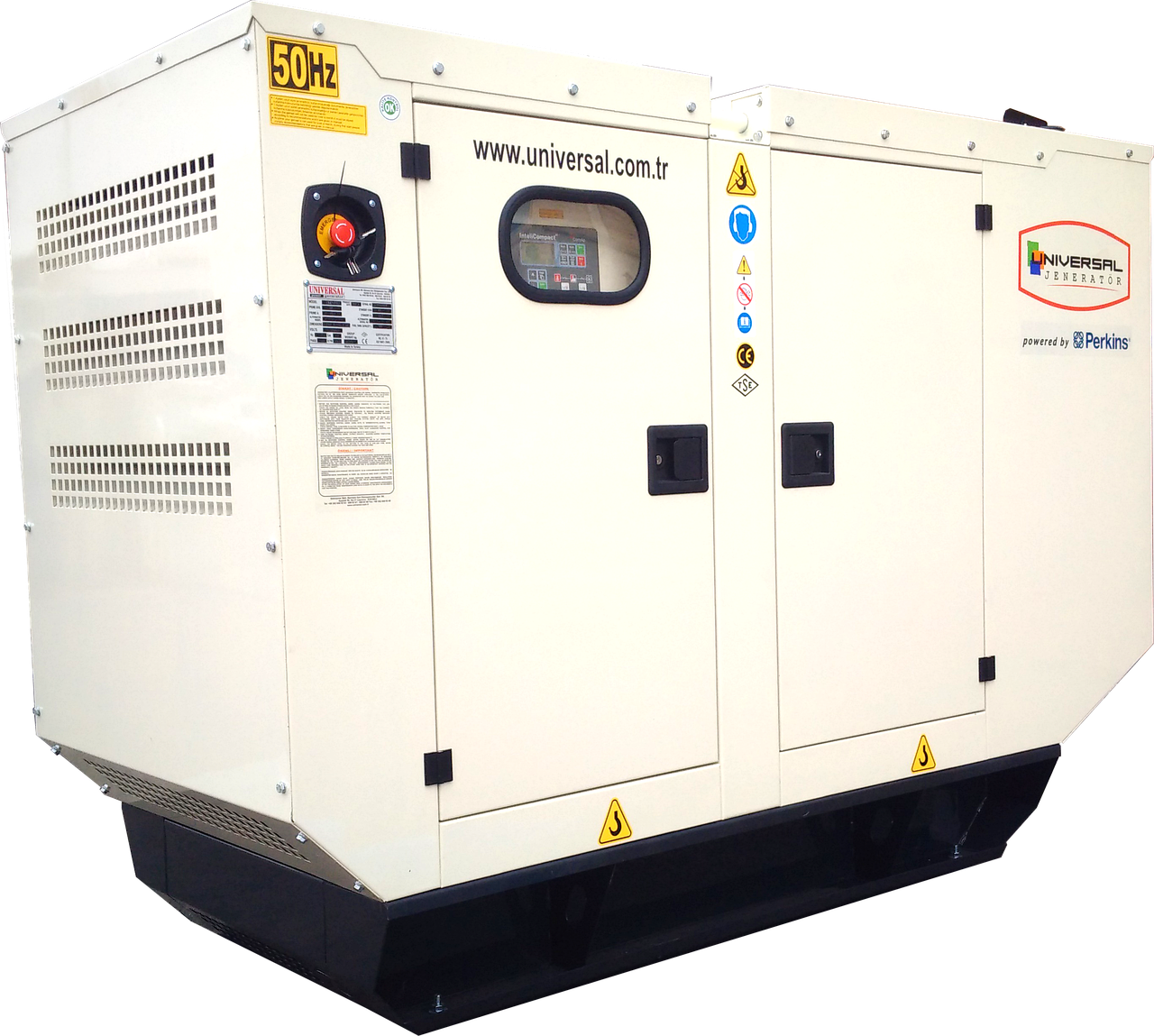 A diesel-powered generator. Image by Mehmet Demirli via Pixabay
A diesel-powered generator. Image by Mehmet Demirli via Pixabay
Diesel Generators are the Next Frontier in Curbing Carbon Emissions
California again claimed to be a vanguard in emissions reduction initiatives across the globe by approving a ban on the sale of new diesel trucks by 2036. Once approved by the federal government, the rule will enable California to execute the most stringent practices in curbing tailpipe emissions. Both supporters and critics keep their eyes on the impact of this rule to be implemented by California, the world’s fourth largest economy, which would regulate diesel fuel consumption that accounts for about 26% of the U.S. total transportation sector CO2 emissions. Transportation, one of the largest contributors to U.S. greenhouse gas emissions, is usually the first thing that comes to people’s mind as far as diesel emissions are concerned. Meanwhile, in contrast to its strong policy against diesel trucks, California increasingly burns diesel to operate backup generators for electricity.
Since severe weather conditions induced by climate change adversely affect the U.S. grid infrastructure, concerns about the reliability of grid electricity have led to a surge in public and private demands for backup options such as diesel generators. As one of the most commonly used types of backup generators, more than 7 million diesel generators are currently in use in the United States. Although they are often preferred as a convenient option to address power outages, diesel generators have risks and limitations. First, burning diesel fuels emits greenhouse gases, which would exacerbate climate change and extreme weather events, one of the leading causes of power outages. Air pollutants in diesel emissions negatively affect human health, and diesel particulate matter accounts for about 70% of the air toxins that increase the risk of cancer. Because diesel generators are often placed close to where people breathe, the impact of their emissions is as significant as those from tailpipes.
In addition, diesel generators bear a financial risk because of volatile fuel prices, as evidenced by the all-time high diesel price due to Russia’s invasion of Ukraine. Diesel generators also require high maintenance costs as the level of maintenance determines the reliability of diesel generators. Aside from the equipment itself, diesel fuel requires attentive maintenance in order to prevent fuel degradation or mishaps such as spills.
Furthermore, another challenge to successfully operating diesel generators is securing uninterrupted fuel supply in an emergency. As diesel fuel is usually transported by trucks, its availability is vulnerable to extreme weather events that damage roads and render other transportation infrastructure inoperable. Emergency situations can also impede fuel supply. For example, during Hurricane Katrina, commercial generator owners were not given diesel fuel as it was redirected to support rescue work. Additionally, disruptions in fuel supply present even more serious problems to the military or defense industry since military actions such as attacks on logistics convoys and transportation infrastructure can lead to causalities and impair the success of an operation.
However, diesel generators are not the only option. For example, microgrids can be a resilient alternative negating the need for a generator. A microgrid is a network of distributed energy resources within defined boundaries, with capabilities to connect and disconnect from the grid. Microgrids can incorporate diverse energy resources such as solar and wind, and they can take various forms from portables to utility-scale systems. In the case of a power outage due to infrastructure damage, the smaller, firewalled nature of microgrids can help reduce the likelihood that localized damage will impact a wide area. While the lower installation cost makes diesel generators favorable in the short term, recent federal legislation such as the Inflation Reduction Act provides financial incentives to install microgrids. Given that the diesel generator operation is often restricted to emergency use only, their investment cost is rarely recouped in the short durations they are used. Alternatively, microgrids with solar and storage resources better help customers save energy bills which ultimately helps to recoup their initial installation costs. In this regard, the cumulative cost of diesel generators (with their minimal use) outweighs that of microgrids over a longer period.
Meanwhile, the Centers for Medicare and Medicaid Services has recently issued a waiver to allow microgrids to be used as health care facilities’ backup power, whereas the federal agency had previously reimbursed costs only for fossil-fueled generators. Given that backup power is particularly important for critical facilities such as hospitals, transportation, communication, and national defense installations, this remarkable change demonstrates the potential of microgrids as resilient energy systems.
Despite viable alternatives, the world expects that additional 3 million diesel generators will be installed annually by 2027. It is imperative to take actions to protect U.S citizens and troops at home and abroad from toxic diesel emissions, while securing energy security and resilience. Diesel generators are not the only option to secure energy during an emergency. Though it would be challenging to entirely phase out of fossil fuel generators in the short term, a transition to clean and sustainable electricity systems such as solar-plus-storage should be implemented at a much faster pace in the light of the drawbacks of diesel generators. Just as the sale of diesel trucks is being targeted for regulation, similar efforts could regulate the future sale of diesel generators. It will enhance the resilience of energy supply and the sustainability of energy sources while reducing the risks to the environment, national security, and human health.






